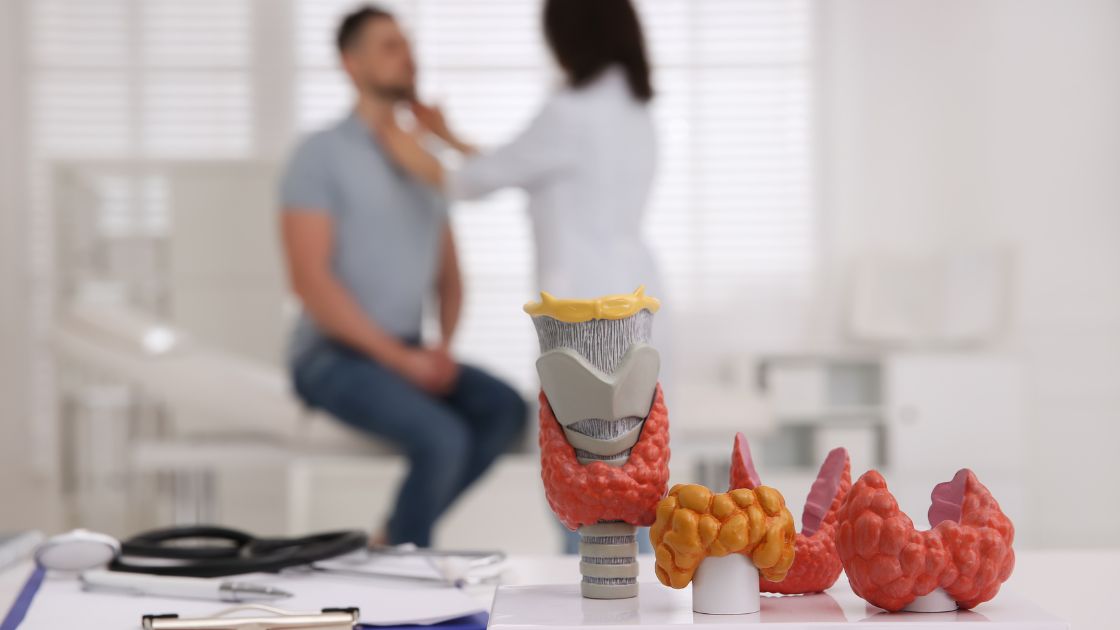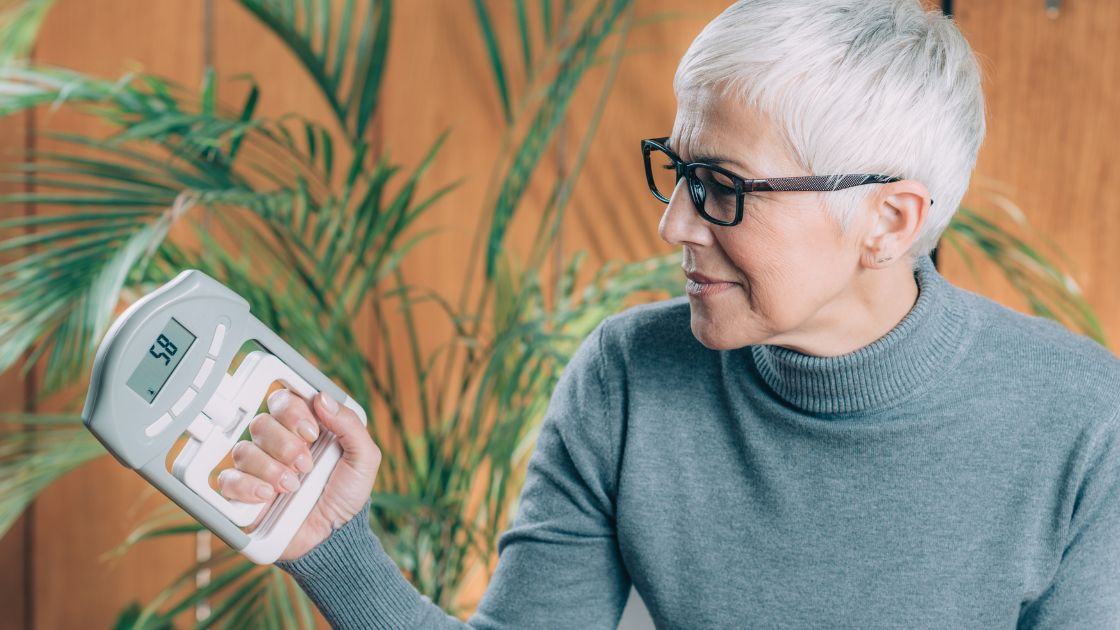Healthy Quarantine Part 2: Physical Health

Hi again, those of you in quarantine! I hope you’re staying safe, healthy, and physically well!
“But Katrina, I saw you eat an entire pizza yesterday! That doesn’t sound like a physically well thing to do!” First of all, no you didn’t. Second of all, it was half a pizza. Third of all, essential groceries are scarce!
Yeah, this quarantine makes it a little hard to stay physically well. The gyms are shut down, and you can’t go for a morning jog without running head-on into another runner who may or may not have coronavirus. Grocery shopping is a nightmare. You either go to the store dressed like a ninja and stand forty feet away from every other shopper, or you have food delivered and find that half the things you ordered don’t exist anymore. I tried to order tomatoes and lettuce last week, but they’re being eaten faster than the stores can replace them. All the health food was gone! But they did have plenty of pizza.
And your immunity? Yeah, taking care of your immunity is just the worst right now. When this lockdown thing was getting started, I stopped at a gas station in search of hand sanitizer. I asked the cashier, “Do you have sanitizer?” He didn’t respond with spoken words, but with a look that said “Please, go away.”
Is there such a thing as homemade sanitizer? I’m googling that right now. Ah, looks like there is such a thing, but it’s dangerous and should only be mixed by doctors or chemists. You’re welcome, now you don’t have to search that yourself.
Seems there’s some hindrances in front of exercise, nutrition, and immunity during a global pandemic. Well, why don’t we talk about some things you can do to stay as fit as possible while also being quarantined? Let’s go!
Get Creative with Exercise
If you have cardio or strength exercise equipment at home, good for you! You’re set!
If you have neither of these things, you might need to get creative. You can have a pedometer in your pocket and run around the home if you want to; but there’s only so many times you can jog from your kitchen to your bedroom without having your brain scream at you. Also, it’s inadvisable to run back and forth for hours at a time when you live in an upper level apartment. Your neighbors downstairs won’t like you.
Before I get to the more creative stuff, here’s a good video for those who live in an upper level apartment. To get your cardio in at home, you’ll want some easy low-impact stuff so as to not stomp on your neighbors’ ceiling. This low-impact stuff requires no equipment whatsoever! And it has a couple million views, so you know it’s good!
Now that you’re finished watching that, let’s talk about creative ways to work out at home. First, look around the house. Do you see anything that might be challenging, but not too challenging, to repeatedly lift over your head? A giant bag of sugar? Perfect! I love the irony! Treat that thing like a medicine ball and go to town! Watch the video below, and try everything that lady is doing but with a bag of sugar instead! Or a rice bag, or jug of laundry detergent — anything you have of similar size and holdability.
If you don’t have anything similar in size and hold-ability to a bag of sugar, check and see if you have a bucket or a backpack. Should you have one or the other, fill it with as many weight-packing objects (books are perfect) as you can comfortably carry. Make sure not to add too much! You don’t want to strain yourself! Once you have a reasonably heavy bucket or backpack, you’ve got yourself a nice makeshift kettlebell! The backpack is a little more versatile than the bucket though — it’ll add some weight to your back while you do lunges and pushups! Watch below to see how this guy does it!
The takeaway from this: if it can be lifted, it is exercise equipment!
Buy Frozen Produce
As mentioned earlier, grocery shopping is the opposite of fun right now. Unless you think it’s fun to be a live-action video game character, having to run away from or jump over everybody you might come in contact with.
When I leave my house, I become Mario.
So when you do shop, it’s best to stock up with a lot. I shop for two weeks worth of food on each delivery, and it’s been working out fine… with the exception of produce being a bit of a pain. Yes, there are times when certain items are out of stock and I can’t be as vitamin rich as I’d like to be. But that’s not the only problem. If you are able to stock up on fresh veggies, that can end up being a total waste. It doesn’t take long for your leafy greens to get slimy, or your peppers to wrinkle like a sphynx cat.
Look what became of my poblanos.
This section is called buy frozen produce for the aforementioned reasons. And not just for those reasons, but also because frozen veggies are often deemed inferior to their fresh brethren. Well, this inferiority nonsense is exactly what it is: nonsense.
During a global pandemic, your immune system is kind of a big deal. And it comes as a surprise to absolutely no one that fruits and veggies boost your immunity. It’s a common misconception that frozen produce loses much of its nutritional value after processing. Yes, blanching (the process of boiling produce before freezing it) does lead to the reduction of B vitamins and the ever important vitamin C. This is only the case for frozen vegetables though; frozen fruits don’t undergo blanching, so they hang onto all that good vitamin C!
But get this! Blanching doesn’t seem to have an effect on vitamin A, vitamin E, mineral, and fiber content. In fact, frozen produce might hang onto those nutrients better than fresh produce. Produce that will be frozen is picked at its peak ripeness, when it’s most nutritious. Fresh produce is usually picked before it ripens, stunting the full development of vitamins, minerals, and antioxidants. Now how about that?
We’ll talk about the best foods for immunity in an upcoming section about immunity.
Remember that Sustenance is Sustenance
Let’s talk about food again!
While vegetables are downright amazing for your health, they shouldn’t be the only thing you’re consuming. It doesn’t matter if this quarantine has significantly decreased your activity level and you need to reduce your calorie intake, you can’t function on vegetables alone. While high in vitamins and minerals, veggies lack two essential nutrients: fat and protein. They’re doing alright in the carbohydrate department, being high in fiber and all. But even with the carbs, vegetables are low in calories and won’t be of much use when you need energy.
You have your good carbs and bad carbs, good fats and bad fats. From a health standpoint, white flour and butter are frowned upon, whereas whole grains and olive oil get a nod of approval. There are good reasons for this, but many of us are in situations where we have to just work with the foods we have. You might shop with the intent of buying whole grain oats and avocados, only to find that white flour and butter are the only carb and fat sources available. We also have to take into account that many are unable to work during a global pandemic. If you have to be really, really careful with your money, it’s better to eat affordable yet less nutritious food than it is to eat nothing at all.
Look at the foods you already have in your house and try to focus on the good they’re doing for your body. White bread might not be as rich in vitamins, minerals and fiber as whole grain bread; but it’s still relatively high in protein, the building block for bones, muscles, cartilage, skin and blood. If you’re eating bad fat (I keep using butter as an example, as I recently wrote a blog about fats and butter really was the least healthy one), remember why fats are so important for a balanced diet. Fats boost your energy, support cell growth, protect your organs, and assist with nutrient absorption. You’ll still want to be careful with portioning, as high saturated fat consumption is linked to health problems. But don’t be too hard on yourself if healthier carbs and fats are too hard (if not impossible) to obtain right now. Eat as healthily as is possible, but above all you need to actually eat.
Be Kind to Your Immune System (and Everybody Else’s)
In case you missed the tidbit I mentioned earlier: no, you shouldn’t make your own hand sanitizer.
Yeah, I know it’s impossible to find right now, but please don’t do it. If you try to make your own sanitizer, it will look like this:
Yikes!
All silliness aside, what’s a good way to stay on top of your immunity when all the sanitizer, masks, and gloves are out of stock? Oh, here it comes… reused material from my last blogs!
- Wash yourself!
- Frequently and thoroughly, wash your hands! And if you do venture outdoors for any reason, shower immediately and throw your clothes in the laundry.
- If you do have sanitizer, always be sure to bring it with you on outings.
- Stop touching things in public.
- Unless you plan on bringing the park bench home with you and scrubbing the daylights out of it, don’t touch the bench. Covid might still be sitting on that bench, and it could be days before it wants to get up.
- Same with railings. It took a pandemic for me to realize just how much I lean against park railings — and absentmindedly, at that. The same day I scoffed at a flock of beach-goers for failing to social-distance, I was called out for leaning on a railing at the park. “Get your elbows off the railing!” Some preachy loudmouth instructed me. I responded to that guy (my husband) with, “My elbows aren’t on the… oh.” Yeah, this isn’t the time to be absentminded. Drill it into your mind before each outing: no benches, no railings, no petting stray cats, etc.
- And absolutely no playgrounds! Tell Aydan to get off the slide! (Every other male child is named Aydan.)
- Especially, don’t touch your face in public.
- Oh no, you touched the bench and have to sanitize your hand. Oh, you don’t have sanitizer and have to wait ‘til you go home to wash your hands. No, no, no, NO — don’t touch your face! Wait until you go home!
- Wear a mask and gloves, or make a mask and gloves.
-
- Ok, so I’ve talked about wrapping scarves around your faces and wearing socks on your hands in public. But what I haven’t yet talked about is Matthew McConaughey and how good he is at mask tutorials! If you have a bandana and a coffee filter, you’ve got a mask! Even if you don’t need to make a mask, you should watch the video below anyway!
Boost Your Immunity
Ok, so now you know how to protect your immunity! But how about some ways to boost it? Well, exercising and eating well, of course! But do you know the foods your immune system likes best?
- Citrus fruit
- Oranges, grape fruits, lemons, limes… all high in vitamin C, also known as ascorbic acid! During a health crisis, vitamin C is more vital than it usually is. This water soluble vitamin is necessary for tissue repair, wound healthing, and immune system functioning. If your diet is low in vitamin C, you may be more prone to illness.
- Bell peppers
- Wait a minute, there’s a food that contains twice the amount of vitamin C that a citrus fruit has?! Yeah, there is! It’s bell peppers! They’re rich in vitamin A, which also improves your immunity!
- Broccoli
- This green isn’t just high in vitamins C and A, but also in E! You know those free radicals that shorten shorten the lives of your cells? Well, vitamin E is all about reducing free radical damage.
- Garlic
- I had a cold once and combatted it with a clove of garlic. While I don’t recommend straight up eating a raw clove — I felt like my eye was going to roll out of my head when I did that — I do recommend consuming it in less painful ways! Garlic contains a cold-fighting compound called allicin. Allicin has antibacterial and antifungal properties, so cook it up and eat it!
- Ginger
- I usually turn to this stuff for nausea, but it’s effective for other inflammatory issues too! That burning flavor comes from a compound called gingerol, and it works the same way as the acilin does in garlic.
- If you can handle a decent amount of spiciness, try boiling some fire cider! Here’s the recipe.
- Spinach
- More vitamin C, yay! Antioxidant rich, spinach is one of the healthiest foods you can eat. The high amount of beta carotene improves our bodies’ infection-fighting abilities!
- Almonds
- Yay, some protein and fat made the list! Remember when I talked about vitamin E and how it handles free radicals? Almonds not only have that superhero vitamin E, but they also have fat! Why is that important, you ask? Well, vitamin E is a fat-soluble vitamin, meaning that fat must be present if it’s going to absorb properly. (And it’s good fat too! Hooray for healthy monounsaturated fats and omega-3’s!)
- Turmeric
- Remember when I said diet and exercise have an impact on immunity? I just did a lot of talking about food, but didn’t say much about exercise and there’s a reason why. While there are all these different sources of immunity-boosting foods, there’s no ultimate immunity-boosting workout (at least that I know of!) All physical activity boosts the immune system! It doesn’t matter if it comes from biking, swimming, kettlebelling a bag of sugar!
- Wait, why did I start off my turmeric section with something unrelated to turmeric? Oh right! Turmeric, which is similar to ginger and garlic in terms of spiciness and having anti-inflammatory properties, does more than boost your immunity with its anti-inflammatory properties. Curcumin, the spicy chemical found in turmeric, also decreases muscle damage and joint pain — you know, stuff that can happen when you work out. So here’s what you can do: work out moderately for an immunity boost, and then take a turmeric shot when you’re done! Here’s another recipe.
There you go, everyone! Lift some buckets, don’t touch your face, and remember that food is sustenance.
As always, stay safe and healthy!
Written by: Katrina Jenkins, LMT
Photo credit: Pixabay
Resources:
https://www.healthline.com/nutrition/fresh-vs-frozen-fruit-and-vegetables#section4
https://www.healthline.com/nutrition/fresh-vs-frozen-fruit-and-vegetables#section4
https://www.verywellfit.com/flour-nutrition-facts-calories-and-health-benefits-4119166
https://www.webmd.com/men/features/benefits-protein
https://www.webmd.com/diet/features/the-benefits-of-vitamin-c
https://www.healthline.com/health/all-about-vitamin-e








